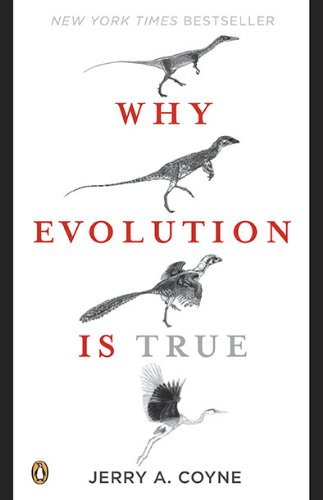Postmating Competition
Sexual selection doesn’t end with the sex act itself: males can continue to compete even after mating. In many species, females mate with more than one male over a short period of time. After a male inseminates a female, how can he prevent other males from fertilizing her and stealing his paternity? This postmating competition has produced some of the most intriguing features built by sexual selection. Sometimes a male hangs around after mating, guarding his female against other suitors. When you see a pair of dragonflies attached to each other, it’s likely that the male is simply guarding the female after having fertilized her, physically blocking access by other males. A Central American millipede has taken mate guarding to the extreme: after fertilizing a female, the male simply rides her for several days, preventing any competitor from claiming her eggs. Chemicals can also do this job. The ejaculate of some snakes and rodents contains substances that temporarily plug up a female’s reproductive tract after mating, barricading out other probing males. In the group of fruit flies on which I work, the male injects the female with an anti-aphrodisiac, a chemical in his semen that makes her unwilling to remate for several days.
Notes:
Various evolutionary strategies males of different species keep a female from mating with other males after sex.
Folksonomies: evolution sex sexual selection adaptations
Taxonomies:
/health and fitness/disease/infertility (0.535607)
/society/sex (0.492227)
/science/biology/breeding (0.430809)
Keywords:
Various evolutionary strategies (0.990380 (neutral:0.000000)), sexual selection (0.988896 (positive:0.491125)), physically blocking access (0.903123 (negative:-0.573291)), Central American millipede (0.884380 (positive:0.459316)), males (0.843976 (negative:-0.428128)), mate guarding (0.629517 (neutral:0.000000)), n’t end (0.585297 (positive:0.260007)), different species (0.565029 (neutral:0.000000)), intriguing features (0.561680 (positive:0.722243)), sex act (0.559198 (positive:0.260007)), short period (0.554415 (negative:-0.516313)), reproductive tract (0.546008 (neutral:0.000000)), fruit flies (0.510960 (negative:-0.397508)), female (0.478485 (negative:-0.223527)), competition (0.289005 (neutral:0.000000)), male (0.259385 (negative:-0.369920)), suitors (0.238278 (negative:-0.217720)), ejaculate (0.228361 (negative:-0.579788)), paternity (0.207991 (neutral:0.000000)), females (0.206688 (positive:0.209419)), dragonflies (0.204355 (neutral:0.000000))
Concepts:
Reproduction (0.964375): dbpedia | freebase
Fertility (0.802164): dbpedia | freebase | opencyc
Sex (0.765314): dbpedia | freebase
Spermatozoon (0.640710): dbpedia | freebase
Male (0.619657): dbpedia | freebase | opencyc
Female (0.598884): dbpedia | freebase | opencyc
Human (0.585754): dbpedia | freebase | opencyc
Gamete (0.582635): dbpedia | freebase | opencyc





